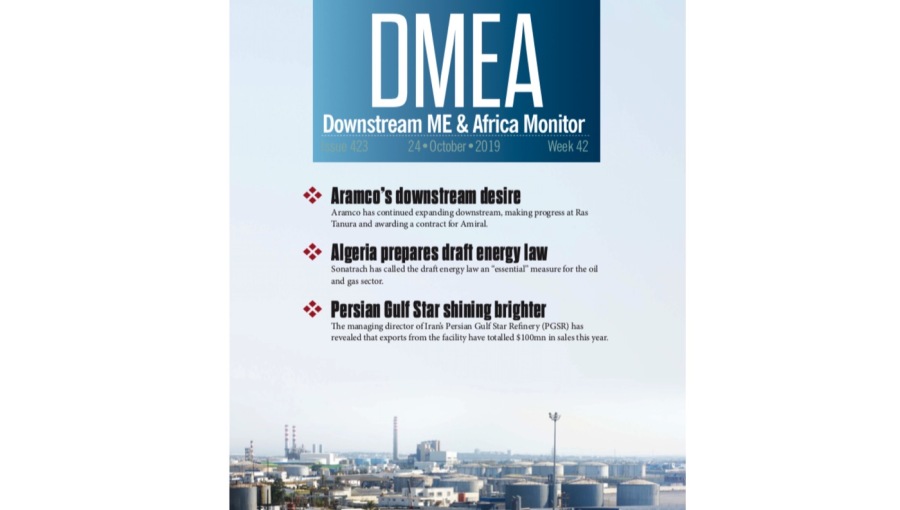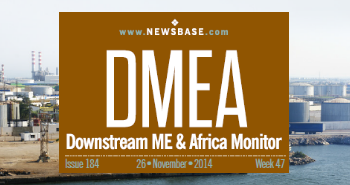DMEA: MEA refining concerns

In DMEA this week, we look at concerning developments relating to refinery projects in Kuwait and Nigeria.
Downstream-focused Kuwait National Petroleum Co. (KNPC) this week dealt with the second major fire at its 346,000 barrel per day (bpd) Mina Al-Ahmadi refinery since October.
In a statement on social media, the company said that the fire broke out during scheduled maintenance on the facility’s gas liquefaction unit number 32. Speaking to the Kuwait News Agency (KUNA), the company’s deputy CEO of Admin and Commercial and KNPC spokesman Ahed Al-Khurayif said that domestic supply of oil products and exports had continued unaffected “as the damaged unit [was] already out of service for maintenance”.
He noted that while KNPC and the Kuwait Fire Force had brought the fire “under control in a record time”, KNPC “expressed deep regret for the death of two workers and the injury of another 10 of the contractor’s Asian nationals with burns of different degrees”. The injured workers were taken to hospitals at Adan, Batain, Farwaniya and Mubarak.
Alongside the larger Mina Abdullah unit, Mina Al-Ahmadi was the focus of the Clean Fuels Project (CFP), a $15.6bn programme to increase combined throughput capacity at the facility's 800,000 bpd unit, while improving environmental performance and facilitating the production of cleaner fuels in line with Euro-IV and Euro-V standards.
Meanwhile, Ghana’s Environmental Protection Agency (EPA) has voiced renewed concerns about the planned location of the new 100,000 bpd Sentuo Oil Refinery at Tema Newtown, a wetland catchment of Chemu Lagoon.
The Sentuo project company’s request for a permit was submitted in December 2019 as part of plans to create a plant with a sour crude processing capacity of 40,000 bpd in the first phase, with a second adding another 60,000 bpd. The chosen plot covers an area of 217 acres (87.8 hectares) which has been leased for a period of 60 years.
After screening the project and carrying out site inspections, the EPA said in April last year that the area has been identified as a wetland and a buffer zone for flooding, adding that the area is too close to Tema Newtown and would add to existing congestion.


Follow us online